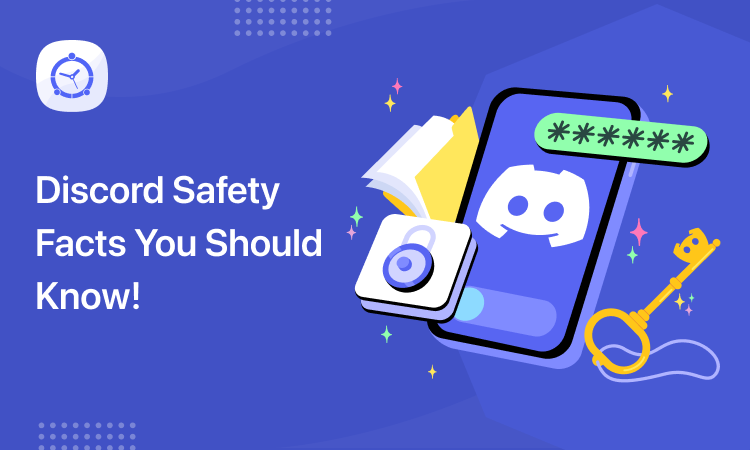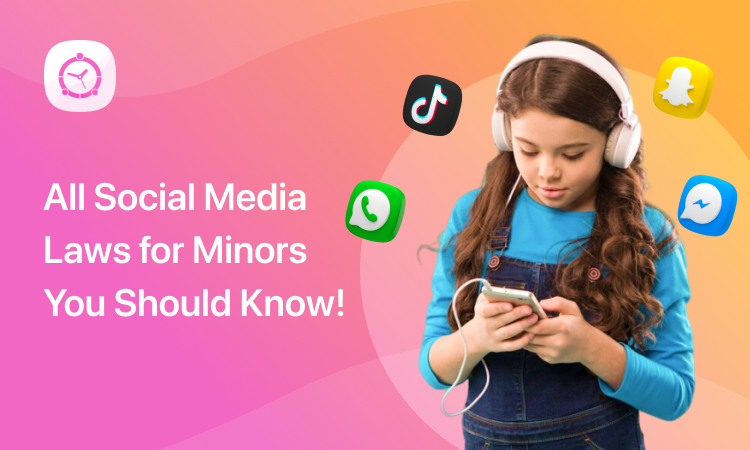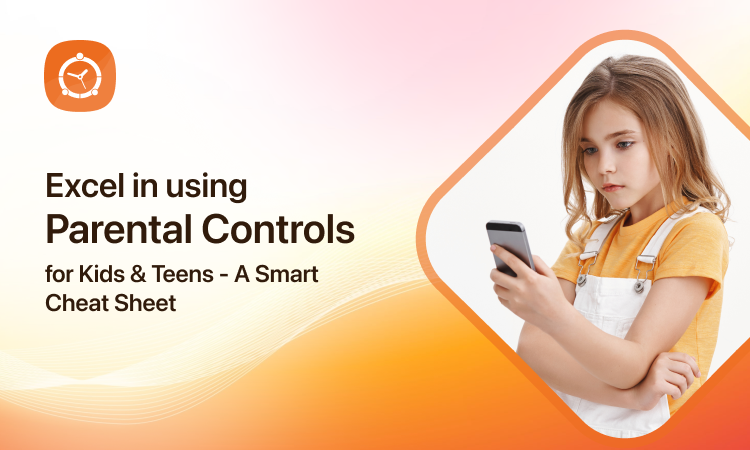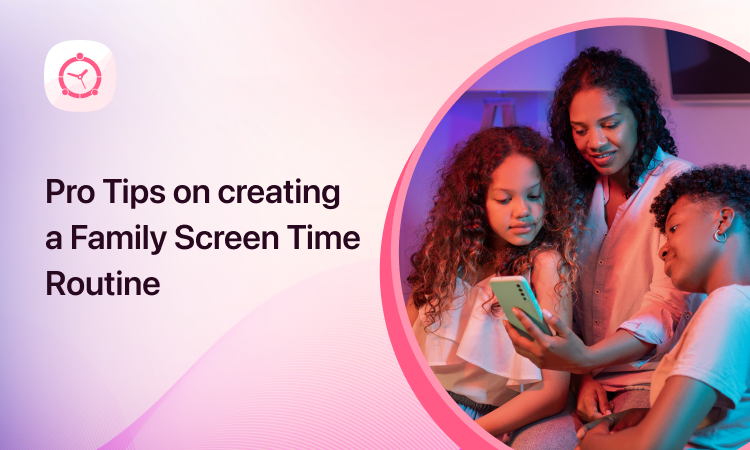
While social media has made communication more efficient, it has also paved the way for problems like cyberbullying. Such issues often have drastic consequences and leave a lasting impact on young minds. Therefore, providing a cyberbullying toolkit for children to help them effectively deal with its negative influences is the need of the hour. So, let us begin by understanding what cyberbullying looks like and how we can help kids identify it.
What Is Cyberbullying?
The United Nations International Children’s Emergency Fund (UNICEF) has defined cyberbullying in the following words.
“Cyberbullying is bullying with the use of digital technologies. It can take place on social media, messaging platforms, gaming platforms, and mobile phones. It is repeated behavior, aimed at scaring, angering or shaming the targeted individuals.”
Cyberbullying can occur in the form of nasty comments, name-calling, false claims, accusations, belittling, and the like. In reality, cyberbullying is precisely like regular old bullying. The only difference is that it happens online, and kids may not know who is targeting them.
Therefore, parents need to help kids effectively deal with it by providing them with a cyberbullying toolkit for children. It is the best way to help abolish the detrimental impacts of this issue on their mental health.
How to Help Kids Deal with It Effectively?
Parents must help kids (who get bullied online) to fight this menace before it hinders their capacity to lead a balanced and happy life. Here are three ways you can help kids deal with it effectively.
Step-1: Raise Awareness & Devise a Strategy
The first and foremost step in the right direction is to raise awareness against this issue. Teach kids that cyberbullying is a crime punishable by the law. Kids (if exposed to such problems at an early age) may lose their confidence or feel that it is alright for them to get bullied. Or the exact opposite could happen, and kids may develop aggressive behavior and lash out at others.
In both situations, the best thing to do is to take a proactive approach and provide them with a cyberbullying toolkit for children. It can help kids understand what cyberbullying means and what they must do if it happens to them.
Step-2: Provide A Cyberbullying Toolkit for Children
Get your kids involved and come up with a practical and workable plan to fight the problem of cyberbullying. Forming a cyberbullying toolkit for children can help mitigate the negative influences it has on their mental health. Here are a few ideas on what the toolkit must contain. You can modify it as you deem fit.
- Do Not Retaliate with Profanity or Aggression
Educate your kids not to make hasty decisions or lose their wits. If they get cyber-bullied, they must never respond with retaliation or aggressive comments in return. Instead, help kids practice patience and gather proof against the perpetrators of this crime.
- Capture Proof of Getting Bullied
Teach kids to gather proof of the particularly mean/nasty comments, name-calling, false accusations, etc., made against them if it happens persistently. Taking screenshots or pictures using a cellphone is the best way to do it. You can use this evidence to report these incidents to the relevant authorities.
- Never Re-read What Bullies Say
Train your kids to walk away from negativity. Re-reading what cyberbullies write would only make them lose confidence. Such harsh words (even though they may be false) may get under their skin and stir kids’ peace.
- Let Bullies Know It Is Illegal & Ask Them to Stop
If your kids cannot simply ignore what cyberbullies say about them, they should inform them that they are committing a horrible crime with real-world consequences instead of reacting harshly. Kids can publicly notify them that they are committing a crime and ask them to stop. If they still persist, you can block them.
- Block Bullies Online
It is better to block bullies altogether. Blocking cyberbullies from your accounts is the right thing to do, no matter their numbers or whether they come back under new names. Kids must get help if the problem progresses further.
- Talk About It & Ask for Help
Cyberbullies aim to intimidate and frighten their targets. They want their targets to lose all confidence and become timid. Kids usually react to such issues by keeping quiet. Hence, they suffer in silence. Parents must ensure their kids ask for help and be vocal about these issues to prevent this situation from happening.
The cyberbullying toolkit for children would become much more effective if paired with a parental control app like FamilyTime.
Step-3: Use FamilyTime – The Best Solution to Nip this Evil in the Bud
Join hands with FamilyTime and protect your kids from this menace by arming them with a practical cyberbullying toolkit for children. It offers features like Call & Text Message Monitoring, YouTube Monitoring, TikTok Monitoring, App Blocker, Internet Filter, Internet Schedule, Screen Time Limit, SOS/Panic Button, and more. Parents can get instant alerts in case kids receive anything remotely similar to cyberbullying comments. So, are you ready to protect your kids from this threat?








